Research on Light Pollution Risk Level Evaluation and Intervention Strategies
DOI: 10.23977/erej.2023.070505 | Downloads: 23 | Views: 1278
Author(s)
Yiqi Luo 1
Affiliation(s)
1 School of Computer Science and Engineering, Southwest Minzu University, Chengdu, 610041, China
Corresponding Author
Yiqi LuoABSTRACT
In recent years, the environmental pollution generated by light pollution has become increasingly serious, and indeed, inefficient and unnecessary artificial light sources have exerted a lot of negative effects on human activities and natural environment. Therefore, it is of great importance to detect and evaluate the light pollution risk level in a region, and to specifically deal with and improve the light pollution in the region. Based on the global entropy weight method, entropy weight TOPSIS method, BP (back propagation) neural network model, the present study takes 4 regions in China from 2013 to 2020 as the research objects to construct the light pollution risk evaluation model, and determine the sensitivity of different indexes to the risk degree of light pollution, so as to explore the strategies to reduce light pollution. It is found that the severity of light pollution in coastal regions is higher than that in inland regions, while the severity of light pollution in developed regions is higher than that in less developed regions, so the light pollution can be alleviated by limiting the use of nighttime artificial lighting, population transfer and economic transformation, lighting technology innovation, as well as the use of clean energy.
KEYWORDS
Light pollution, global entropy weight method, entropy weight TOPSIS method, neural networkCITE THIS PAPER
Yiqi Luo, Research on Light Pollution Risk Level Evaluation and Intervention Strategies. Environment, Resource and Ecology Journal (2023) Vol. 7: 40-50. DOI: http://dx.doi.org/10.23977/erej.2023.070505.
REFERENCES
[1] Zuo Y. M., (2010). Study on Legislation of Light Pollution Prevention. Southwest University of Political Science & Law.
[2] Sun Y. L., Shan M., Pei X. R., Zhang X. K., Yang Y. L., et al. (2015). Assessing vegetation dynamics and their relationships with climatic variability in northern China. Physics and Chemistry of the Earth, 87-88: 79-86.
[3] Stow D., Petersen A. and Hope A., (2007). Greenness trends of Arctic tundra vegetation in the 1990s: comparison of two NDVI data sets from NOAAAVHRR systems. International Journal of Remote Sensing, 28 (21): 4807a-4822.
[4] Zhao R. F., Wang X. N., (2017). Comparison of Regional Innovative Abilities in Bejing-Tianjin-Hebei Area Based on Overall Entropy Method, China Business and Market, 31 (04): 114-121.
[5] Song A. P., Gong H. Y., (2022). Research on Heat Transfer Law of Ammunition Based on BP Neural Network. Journal of Projectiles, Rockets, Missiles and Guidance, 42 (06): 141-144.
[6] Zhou Z. T., (2021). Light Pollution in the Environment and Prevention and Control Measures. Legality Vision, No. 841 (17): 174-175.
[7] He Z. M., (2021) Study on the Light Pollution of LED Screen in the Malls of Fuzhou City. Journal of Ningde Normal University (Natural Science), 33 (04): 357-362.
[8] Li R., Zhang X. Y., Duan W. R., (2020). Research on Light Pollution of Outdoor Led Display Screen. China Metrology, No. 299 (10): 86-91.
[9] Li X. T., Liu B. Y., Jin J., (2022). Harm and prevention of light pollution of glass curtain wall. Cleaning World, 38 (03): 92-94.
[10] Wang H. B., (2022). Energy-Saving Technology of City Street Lamp. Construction & Design for Project, No. 476 (06): 88-90.
| Downloads: | 5909 |
|---|---|
| Visits: | 433434 |
Sponsors, Associates, and Links
-
International Journal of Geological Resources and Geological Engineering
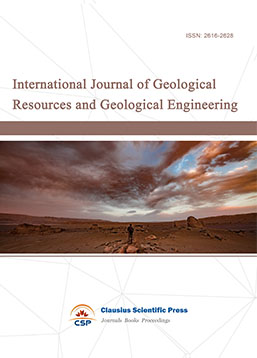
-
Big Geospatial Data and Data Science

-
Solid Earth and Space Physics

-
Environment and Climate Protection
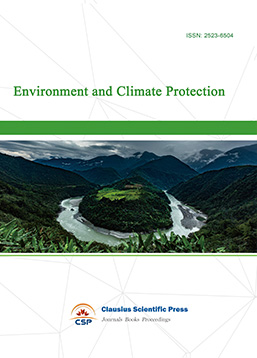
-
Journal of Cartography and Geographic Information Systems

-
Offshore and Polar Engineering

-
Physical and Human Geography
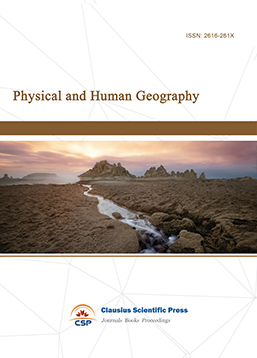
-
Journal of Atmospheric Physics and Atmospheric Environment
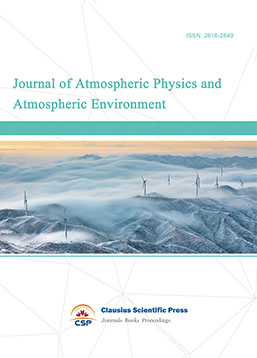
-
Trends in Meteorology

-
Journal of Coastal Engineering Research
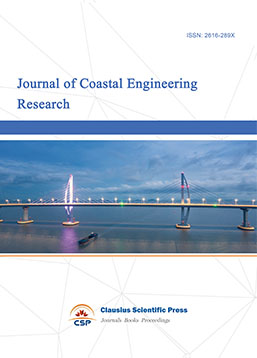
-
Focus on Plant Protection
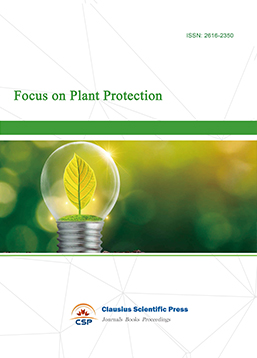
-
Toxicology and Health of Environment
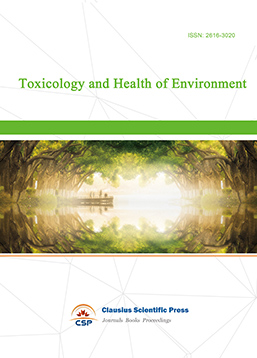
-
Geoscience and Remote Sensing
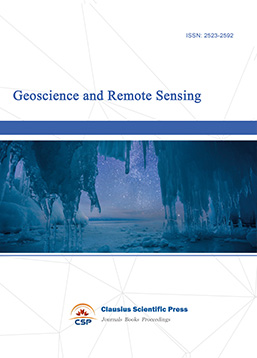
-
Advances in Physical Oceanography

-
Biology, Chemistry, and Geology in Marine
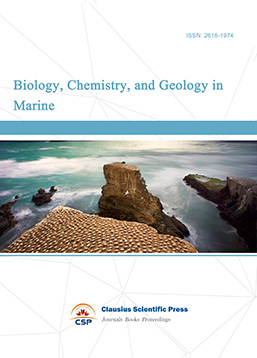
-
Water-Soil, Biological Environment and Energy

-
Geodesy and Geophysics

-
Journal of Structural and Quaternary Geology
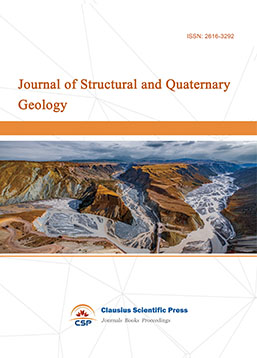
-
Journal of Sedimentary Geology

-
International Journal of Polar Social Research and Review


 Download as PDF
Download as PDF